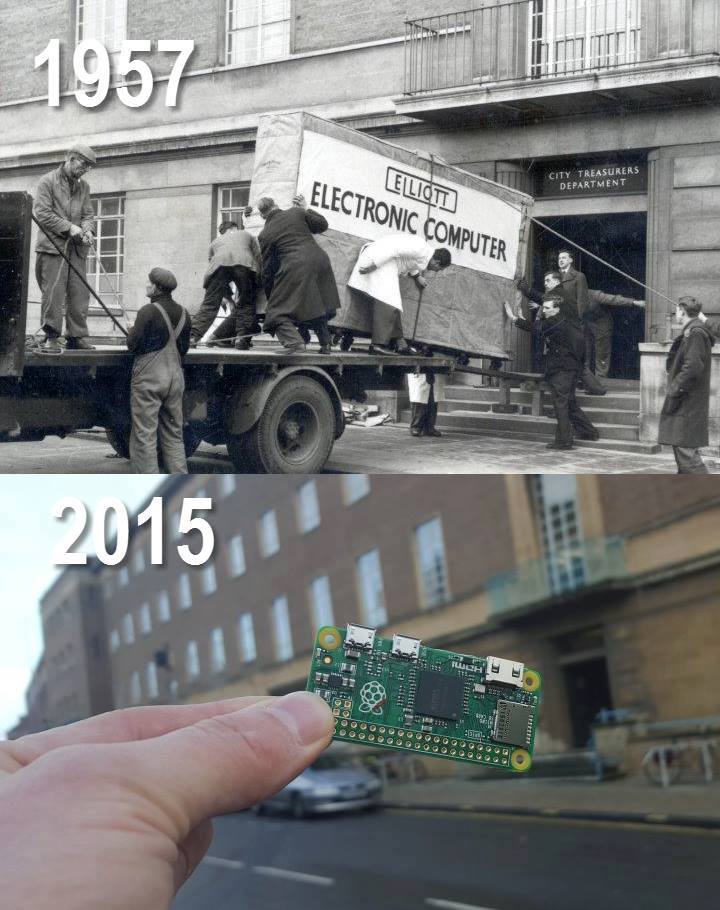IBM researchers provide mathematical proof to Shor’s Algorithm.


Biomedical engineers have successfully 3D printed human ligaments and tendons, giving hope to patients suffering from tears and ruptures.
After two years of intensive research, biomedical engineers have successfully 3D printed the complex structures of human ligaments and tendons.

For many years, quantum computers were not much more than an idea. Today, companies, governments and intelligence agencies are investing in the development of quantum technology. Robert König, professor for the theory of complex quantum systems at the TUM, in collaboration with David Gosset from the Institute for Quantum Computing at the University of Waterloo and Sergey Bravyi from IBM, has now placed a cornerstone in this promising field.
This video is the second in a multi-part series discussing computing. In this video, we’ll be discussing computing – more specifically, Moore’s Law with the exponential growth of technology due to our ability to pack more and more transistors into integrated circuits and the potential death of Moore’s Law!
[0:30–3:50] Starting off we’ll look at, how the integrated circuit has shaped the world due to our ability to pack more and more transistors into them, more specifically, in their usage in computing in the form of microprocessors (CPUs) and other computation related hardware.
[3:50–7:11] Following that we’ll discuss, how the transistor will continue to shrink onwards from this year, 2017 and the latest innovations that can shrink them even further, such as FinFETs.
Earlier this year, we hosted the Ending Age-Related Diseases 2018 conference at the Cooper Union in New York City. This conference was designed to bring together the best in the aging research and biotech investment worlds and saw a range of industry experts sharing their insights.
Dr. James Peyer is the founder and Managing Partner of Apollo Ventures, an early-stage life science investor and company builder that focuses on breakthrough technologies for treating age-related diseases.
He discusses the strategic paths to bringing longevity-promoting therapeutics to market as quickly as possible, with a particular focus on engaging pharmaceutical companies via disease-focused, proof-of-concept trials.


Ms. Powell does not have any easy or obvious ideas for how to address tech’s monoculture. She thinks of her book as starting a conversation. But any solution, she said, will involve “a fundamental, bottoms-up cultural change” — and one that we should not expect to see overnight.
In a satirical new novel, a former Google executive identifies the technology industry’s chief issue: its narrow engineering-focused bubble.

The behemoths’ annual conferences, held to announce new tools, features, and acquisitions, always “send shock waves of fear through entrepreneurs”, says Mike Driscoll, a partner at Data Collective, an investment firm. “Venture capitalists attend to see which of their companies are going to get killed next.” But anxiety about the tech giants on the part of startups and their investors goes much deeper than such events. Venture capitalists, such as Albert Wenger of Union Square Ventures, who was an early investor in Twitter, now talk of a “kill-zone” around the giants. Once a young firm enters, it can be extremely difficult to survive. Tech giants try to squash startups by copying them, or they pay to scoop them up early to eliminate a threat.
Big, rich and paranoid, they have reams of data to help them spot and buy young firms that might challenge them.
